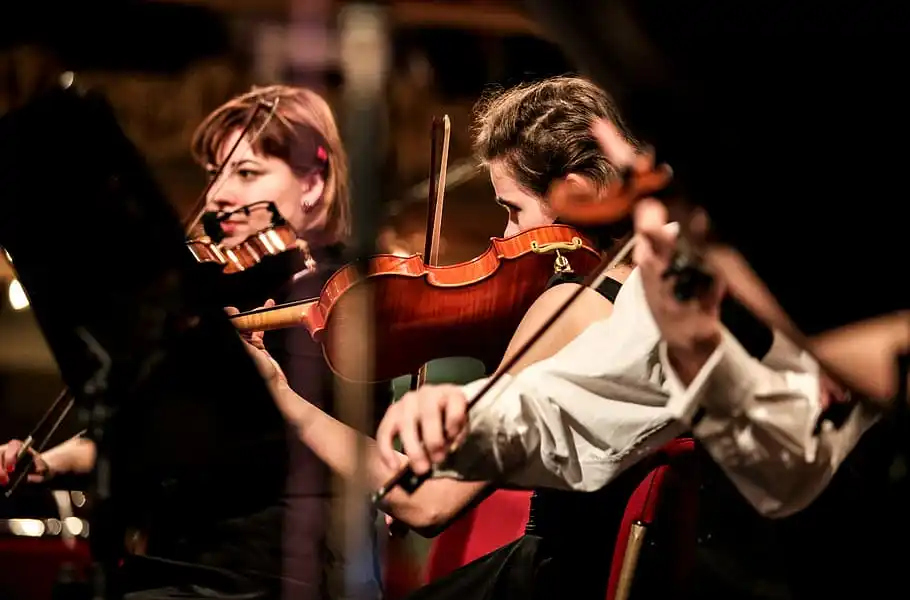The Power of Music and its History
“Scientists have found that music stimulates more parts of the brain than any other human function.” These are the words of Elena Mannes in her book, The Power of Music. Music has had significant impacts on communities throughout history and evidently remains influential today through its cultural effects on society and scientific effects on the individual brain.
Music has essentially existed since the beginning of history. Although extremely different from what comes to mind when thinking about music today, it has been representative of many different cultures, religions, societies, and events throughout centuries.
The history of music begins as early as Medieval times when music had emerged in society through the influence of the power of Roman Catholic churches. The Medieval period was the longest period of music in history and ran between the years 400 and 1400. This music was largely monophonic meaning there was a single melody to each piece of music. Gregorian chant, which would have a single line of vocal melody, was a very common type of music during this time which was heavily influenced by the Church. As the Medieval times evolved, monophonic music eventually turned into polyphonic music with multiple melodies. When the Catholic Church wanted to unify the Church music across the Western world, music notation was first created and documented so people could share and play the same music. Instruments that characterized the music of this era include wooden flutes and wooden string instruments including the first bowed instruments such as the Lyra.















